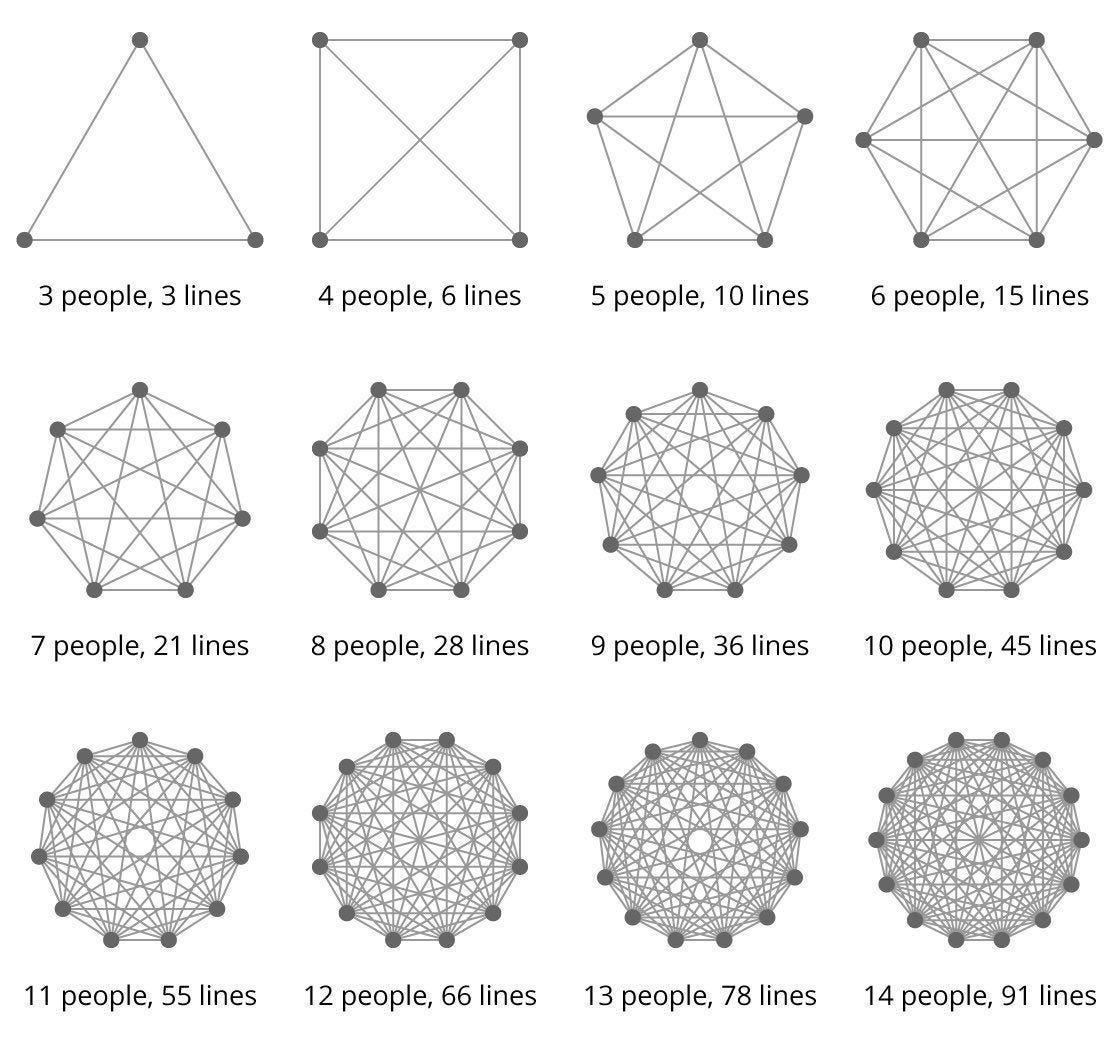The One-Pizza Team
How AI is Reshaping Product Development Squads
Remember Amazon's famous "two-pizza rule"? Jeff Bezos introduced it to combat meeting bloat and keep teams small enough to feed with just two pizzas. For years, this has been the gold standard for efficient product teams - typically 1 designer, 1 PM, and 7-8 engineers. I've built and managed many of these teams, and they can absolutely rock.
But I believe we're headed for an even leaner future: the one-pizza team.
Why Teams Will Shrink
Let me be clear: I'm not in the "AI will take all our jobs" camp. In fact, I believe the opposite. Thanks to Jevons paradox - where technological efficiency improvements increase (rather than decrease) total resource consumption - we'll likely build more software than ever before, requiring more developers than we have today.
Ray Kurzweil predicts we're on a path to "imbue every atom in the universe with intelligence." Even if he's only half right, we have an unfathomable amount of software yet to build.
But the teams building it? They're about to transform dramatically.
The New Team Composition
Within a year, I predict a part-time designer, 1 PM, and just 1-2 engineers will accomplish what today's two-pizza teams deliver. Why? AI is changing the productivity equation.
AI tools aren't just assisting with writing, designing, and coding - they're creating such a significant efficiency boost that our entire workflow paradigm must evolve to keep pace. The bottleneck is shifting from engineering capacity to something else entirely: attention and intent.
The Mathematics of Small Teams
Smaller teams have always been more efficient per person, largely because of communication overhead. Metcalfe's law helps explain this: the number of potential connections between team members grows exponentially with team size.
In a 10-person team, there are 45 possible communication channels. Cut that to 4 people? Just 6 channels - a dramatic reduction in coordination complexity.
But efficiency isn't the only benefit. Smaller teams typically experience:
Higher motivation and ownership - With fewer people, individual contributions have greater visibility and impact
Reduced free-riding - There's nowhere to hide in a small team
Faster decision-making - Fewer stakeholders means quicker alignment
Remember Instagram? Three founders outpaced Facebook's entire photo-sharing teams because they combined these small-team advantages with a clean slate.
The Small Team Challenges (And Solutions)
Of course, smaller teams face significant challenges too. Two key problems:
Blind spots: falling prey to tunnel vision and the belief that “if you build it they will come.
Solution: Get out of the building - regularly engage with users, stakeholders, and other teams to maintain perspectiveThe build/maintain trap: small teams that move fast can produce a lot in a small period of time, only some of which is actually valuable.
Solution: Don't get precious about code you've written. Be willing to restart when you hit local maxima. As your product grows quickly, resist the urge to maintain everything you've built.
Scaling Beyond One Team
Here's where things get interesting. Individual teams will be smaller and more productive, but how do multiple teams coordinate to deliver something greater than what any single team could accomplish?
Success requires mastering two critical skills:
Decomposition
Breaking big problems into truly independent smaller ones allows teams to maintain their small-team advantages. Done poorly, multiple teams become one big, slow team with exponential communication channels.
Synthesis
This is the make-or-break skill. Teams must combine their separate products into coherent offerings with shared distribution channels. Without synthesis, you end up with disconnected products - essentially a venture capital portfolio rather than a unified business.
The most successful tech companies - Amazon, Apple, and IBM (in its prime) - mastered this synthesis. They created coherent ecosystems where products enhance each other through shared distribution, user bases, and data.
The Bottom Line
The AI revolution isn't just changing what we build but how we organize to build it. The one-pizza team is coming - smaller, more focused, and empowered by AI assistants to deliver what once required twice the headcount.
Companies that learn to orchestrate these hyper-efficient teams through skilled decomposition and synthesis won't just survive - they'll define the next era of product development.
What do you think? Have you seen evidence of this shift in your organization? I'd love to hear your thoughts.


Jake, this is great. I already shared it with two colleagues. The graphic for team size and communication lines is really enlightening. And your comment about "Done poorly, multiple teams become one big, slow team with exponential communication channels." is something I've seen up close. Thank God a counter example is as helpful as a good one.